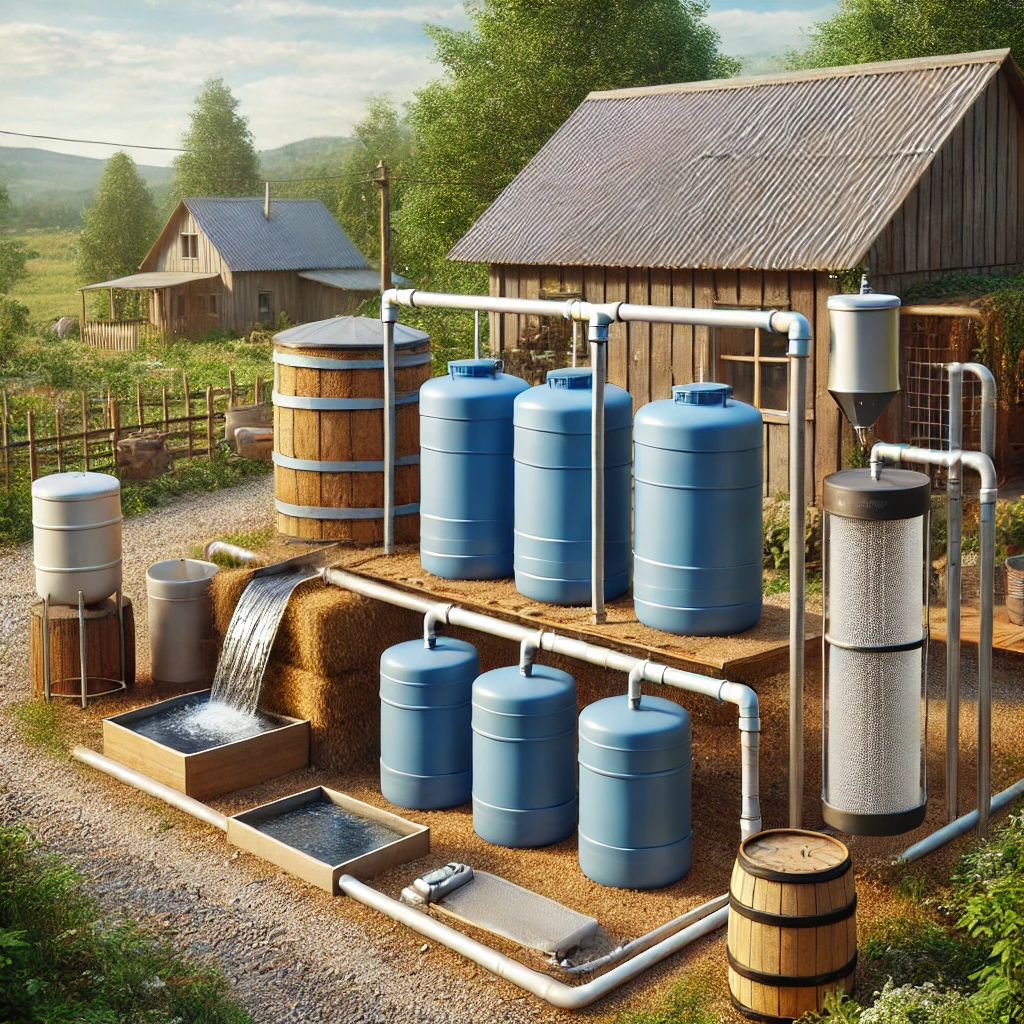Address
304 North Cardinal
St. Dorchester Center, MA 02124
Work Hours
Monday to Friday: 7AM - 7PM
Weekend: 10AM - 5PM
Address
304 North Cardinal
St. Dorchester Center, MA 02124
Work Hours
Monday to Friday: 7AM - 7PM
Weekend: 10AM - 5PM

Collecting rainwater is an excellent way to create a sustainable water source for off-grid living, gardening, or emergency preparedness. A well-designed rainwater collection system can provide clean, usable water while reducing dependency on municipal supplies. Here’s everything you need to set up a rainwater collection system.
Rainwater harvesting offers many advantages, including:
The surface that collects rainwater is a crucial part of the system. Most people use their roof, but other surfaces can be used as well. Consider the following:
Gutters and downspouts are essential for directing rainwater from the collection surface into storage. Here’s what you need:
A first flush diverter removes the initial runoff from your roof, which may contain dirt, dust, and pollutants. This ensures cleaner water enters your storage tanks. Install the diverter between the downspout and the water tank, allowing the first few gallons of rain to be discarded before collection begins.
Choosing the right storage tank is key to maintaining a reliable water supply. Consider the following options:
To ensure your collected rainwater is safe for drinking and household use, install a filtration system. Common filtration methods include:
If your water storage tank is below the level of use (such as underground or downhill), you may need a pump to move the water. Consider these options:
Regular maintenance is essential for keeping your rainwater system functional. Here’s what you need to do:
If you find that your initial setup doesn’t collect enough water, you can expand your system. Add more collection surfaces, larger storage tanks, or additional filtration components to increase capacity and efficiency.
A rainwater collection system is a sustainable and cost-effective way to secure a water supply for your home, garden, or emergency preparedness. With the right components and regular maintenance, you can ensure clean and reliable water for years to come.